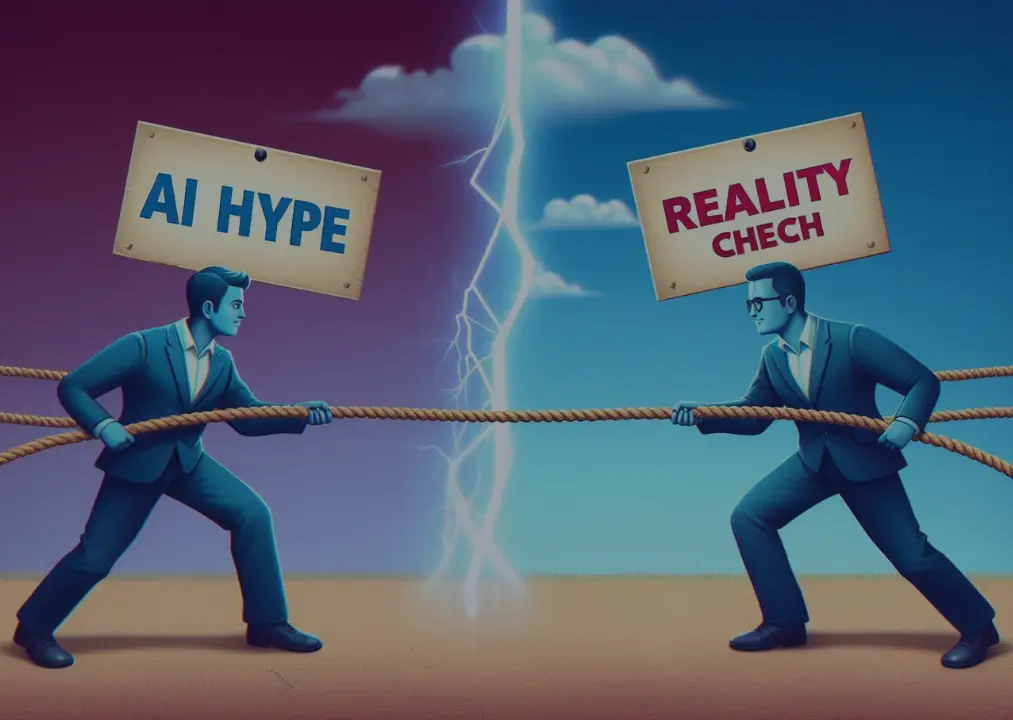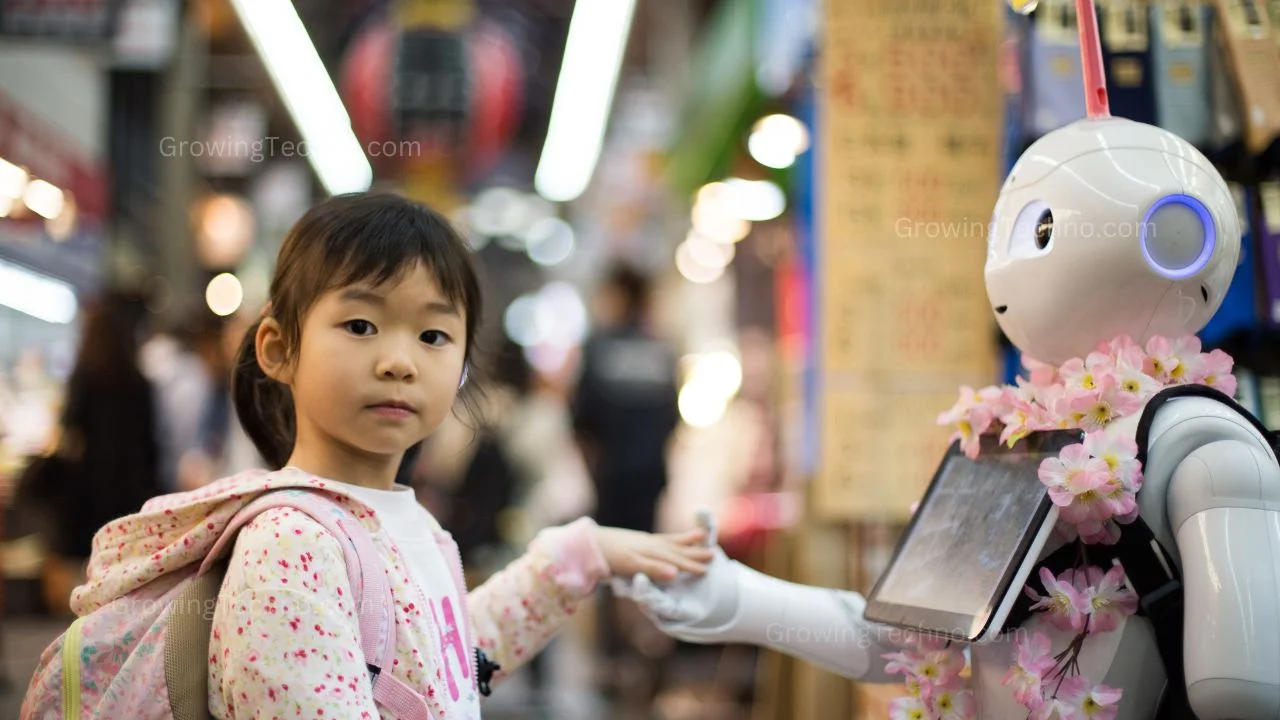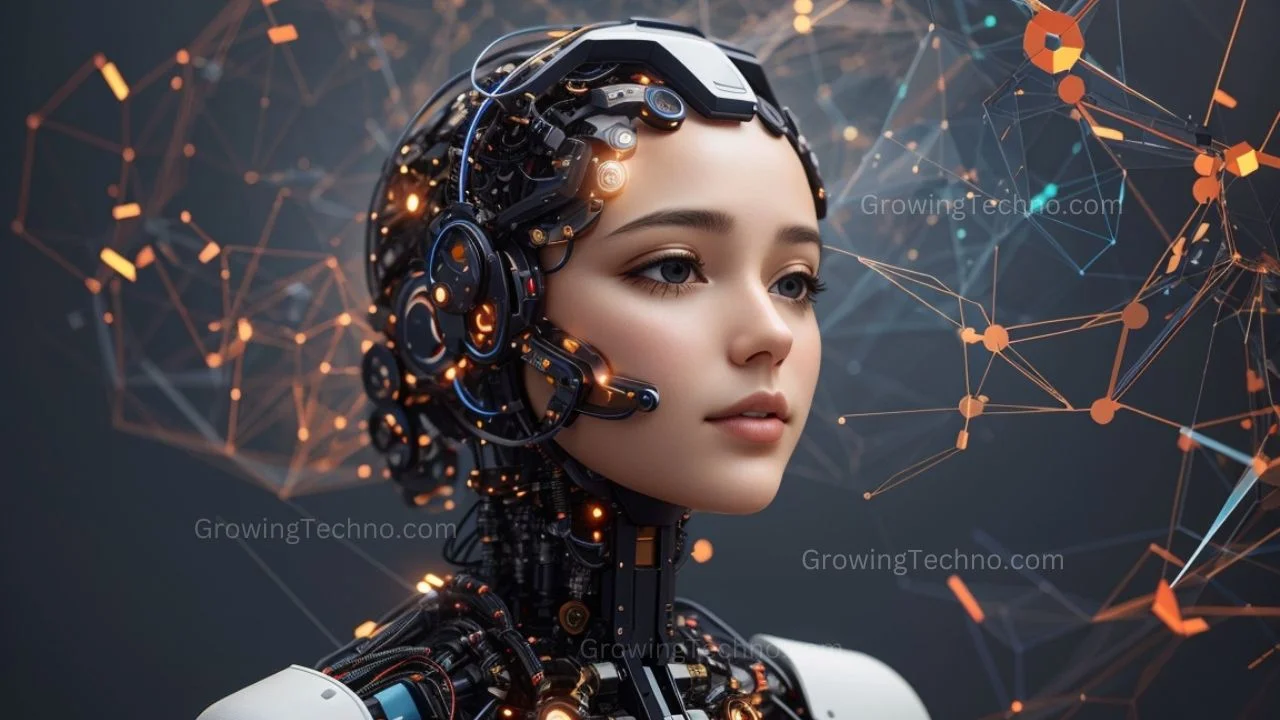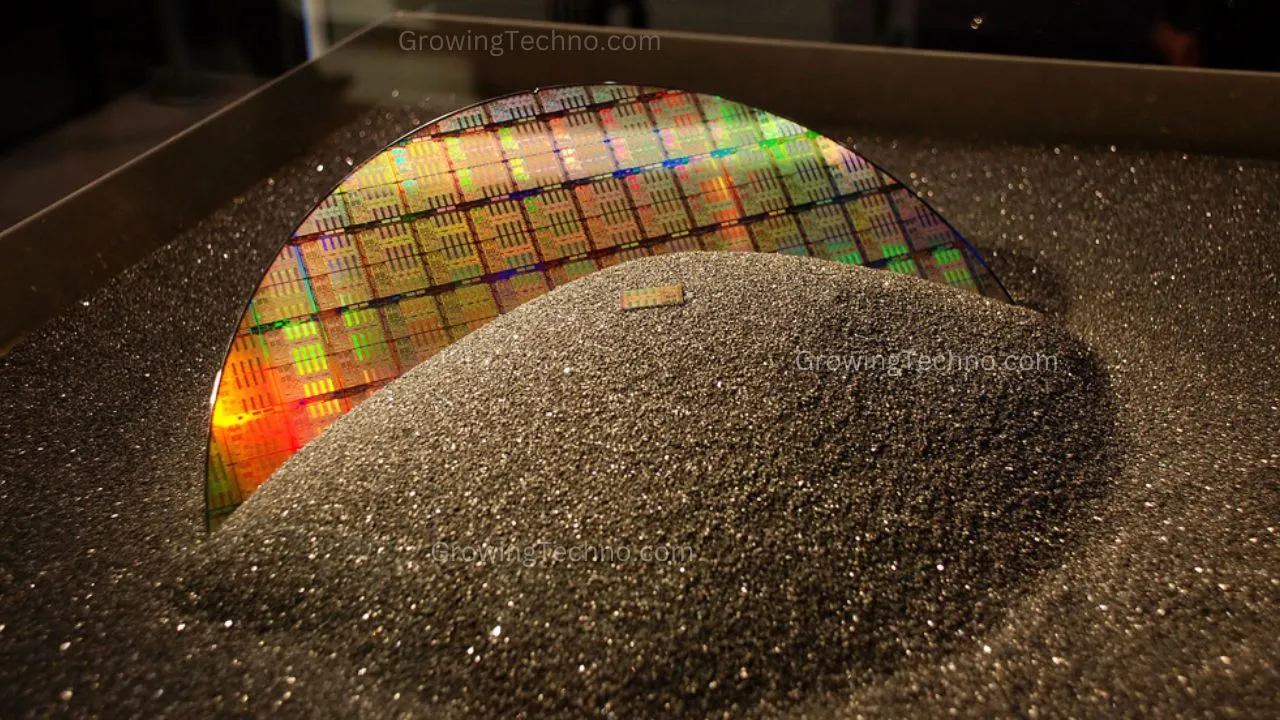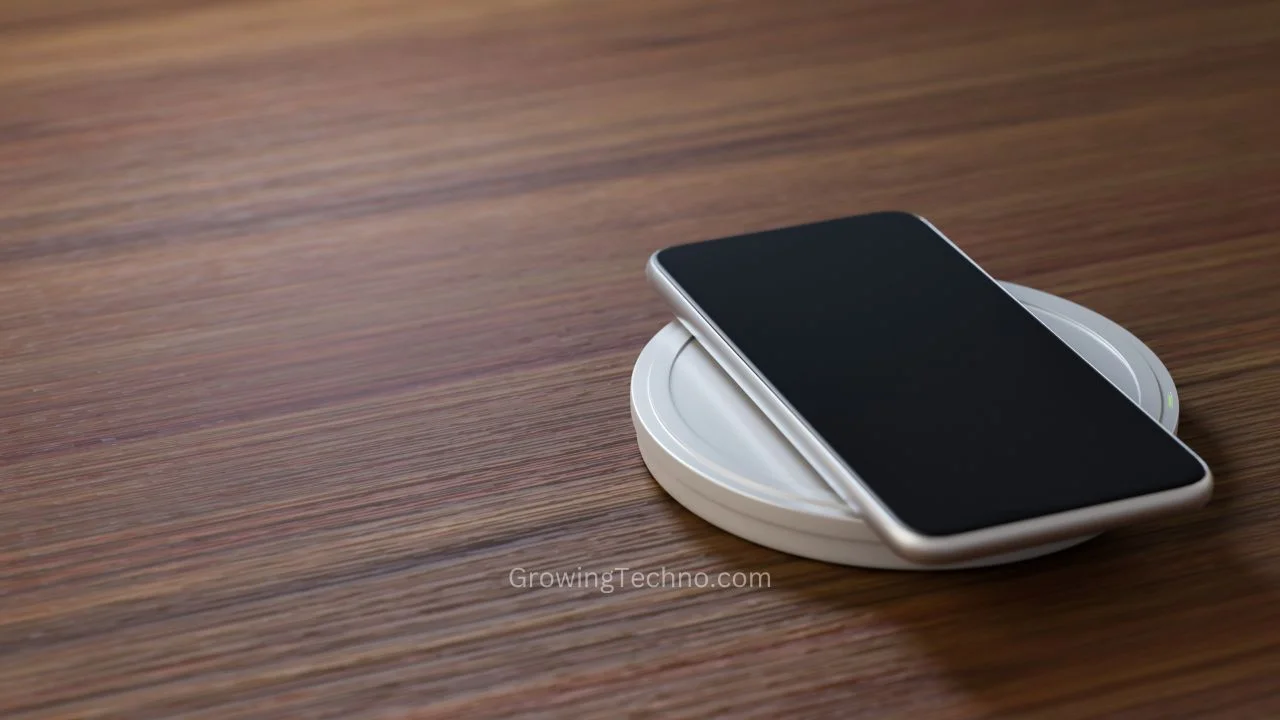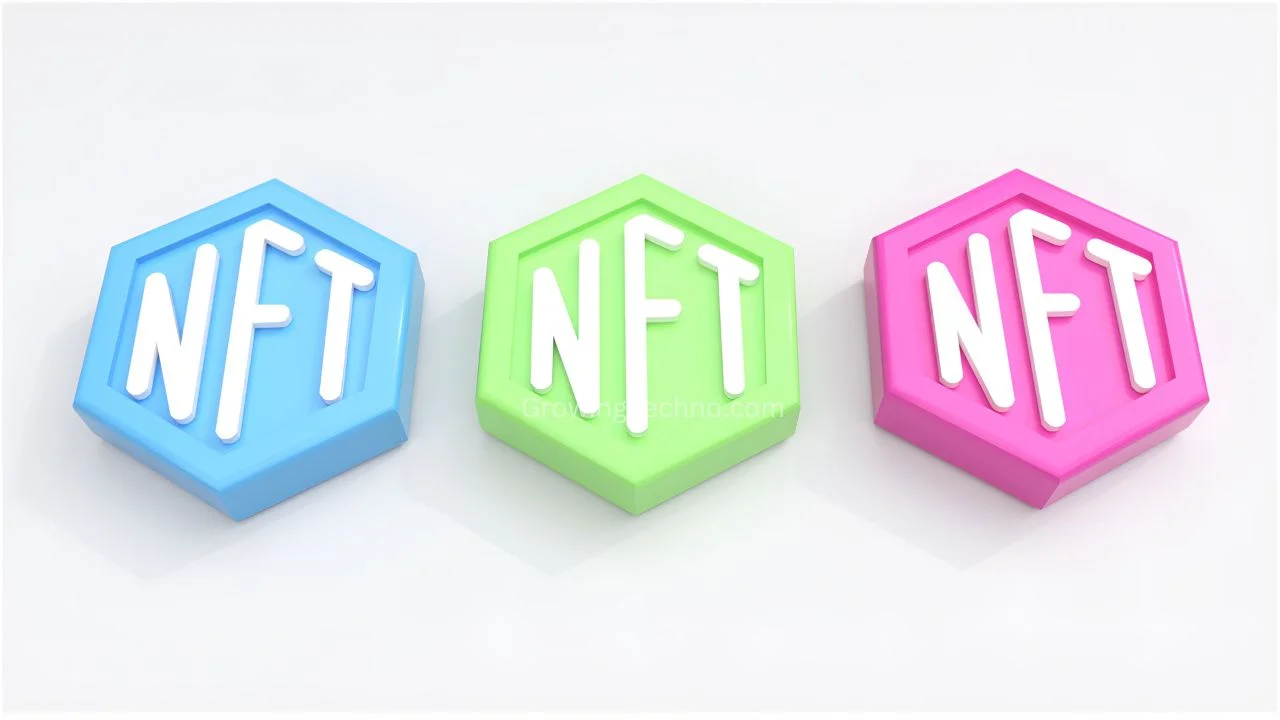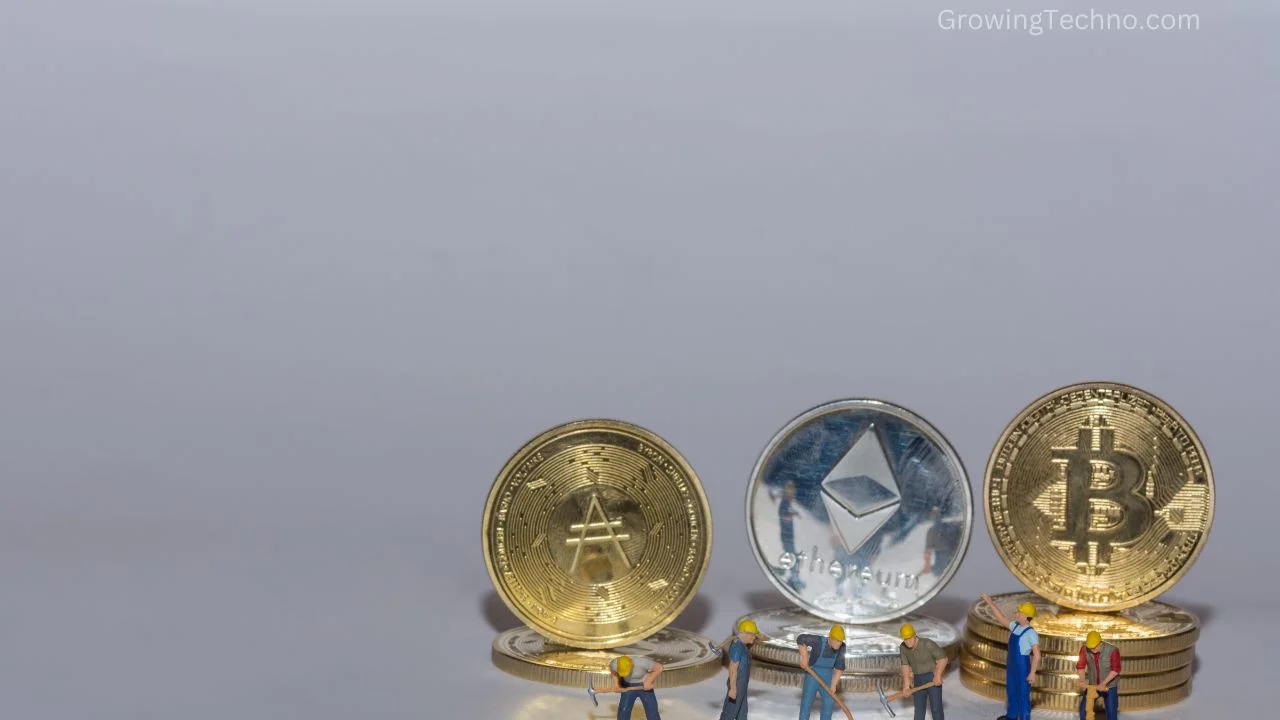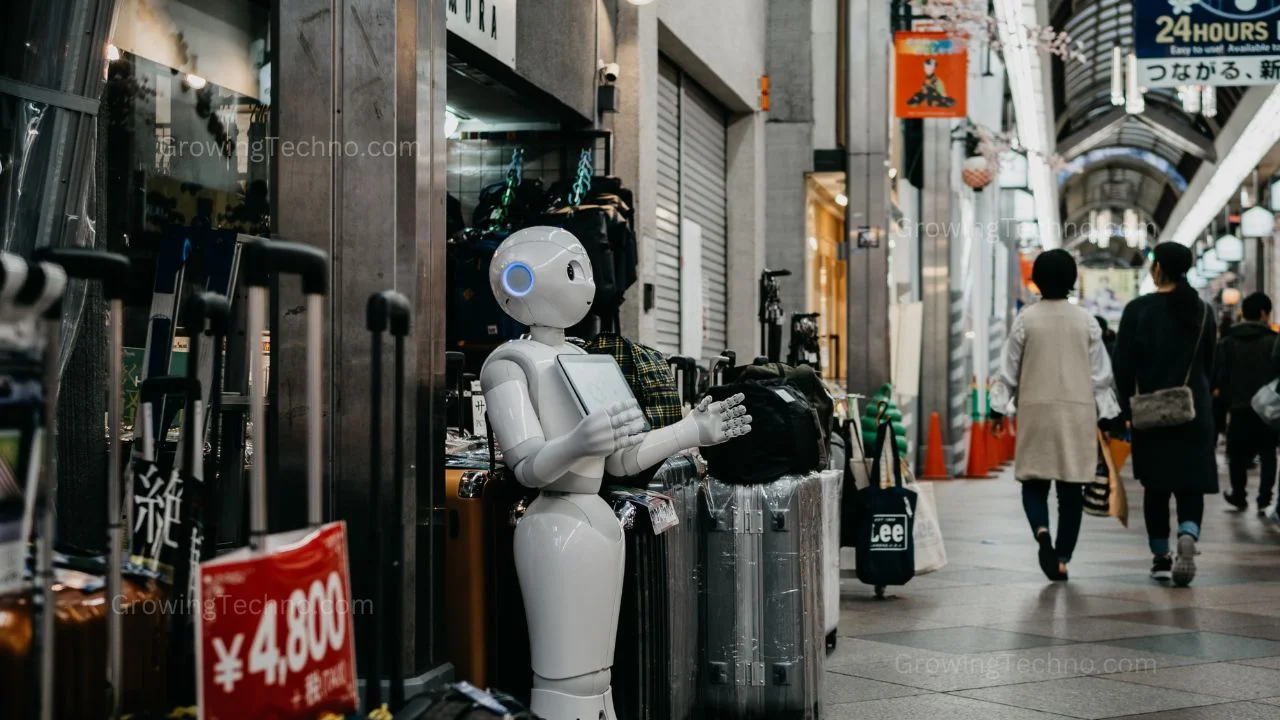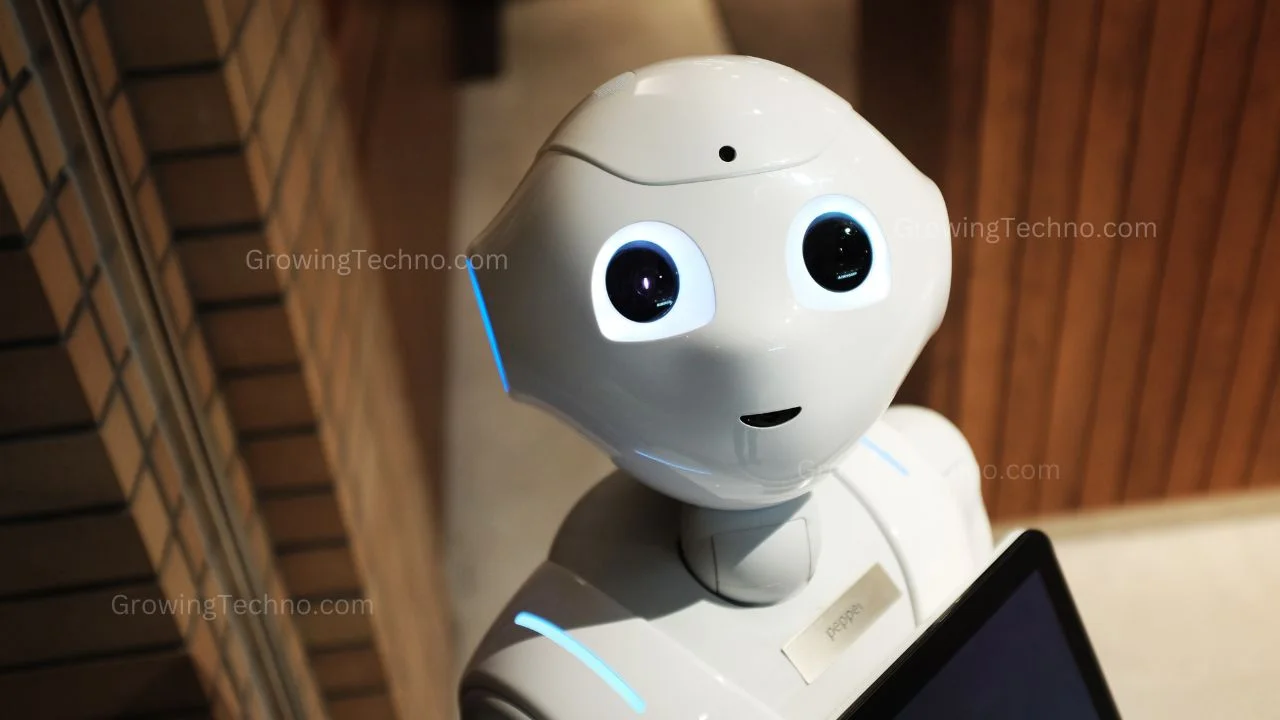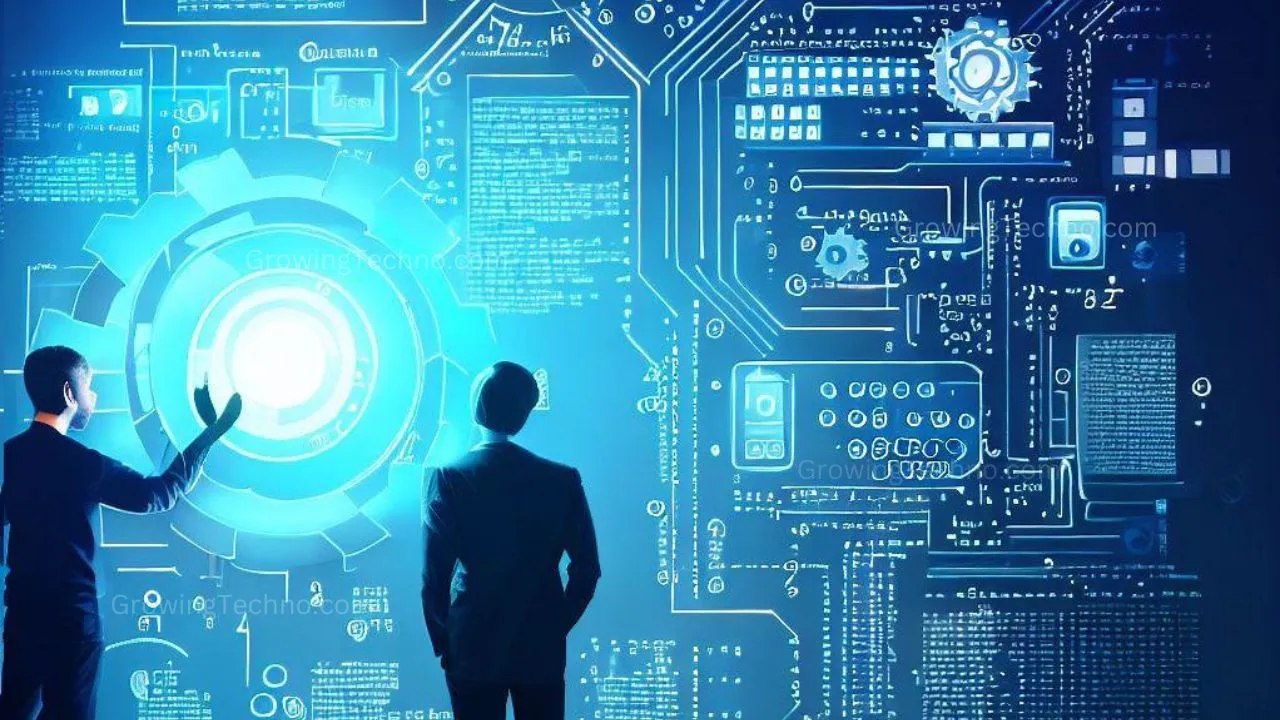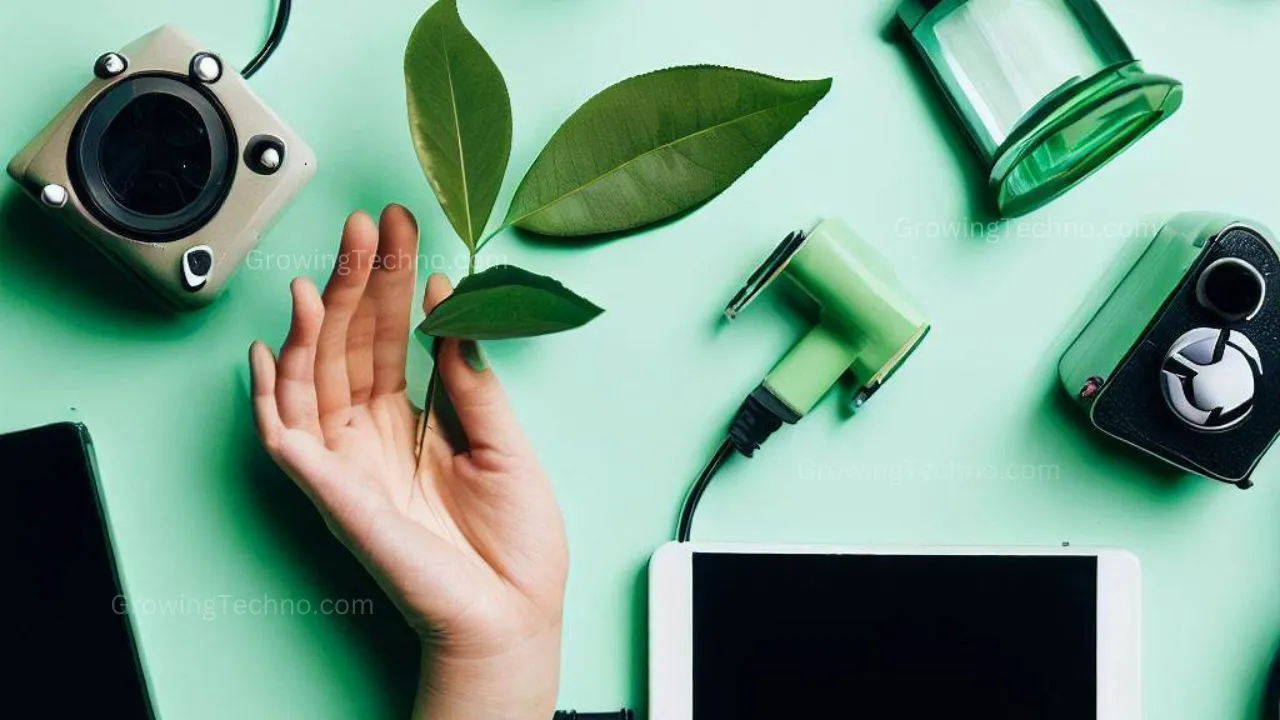
In our ever-evolving technological landscape, Augmented Reality (AR) and Virtual Reality (VR) have emerged as groundbreaking technologies that are revolutionizing the way we perceive and interact with the world around us. These immersive technologies are no longer confined to the realms of science fiction; they are becoming an integral part of our daily lives, with applications spanning from entertainment to education, and beyond.
Augmented Reality: Enhancing the Real World
AR seamlessly blends the digital world with our physical surroundings. It overlays computer-generated content, such as images, videos, and 3D models, onto our view of the real world through devices like smartphones, tablets, or AR glasses. This technology enhances our perception by providing contextually relevant information and interactive experiences.
Virtual Reality: A Dive into Digital Worlds
VR, on the other hand, offers a complete escape from reality. It immerses users in entirely digital environments through specialized headsets. VR is all about transporting you to places and experiences that would otherwise be impossible or impractical in the real world. It’s an entirely new level of immersion.
Gaming: AR and VR’s Playground
The gaming industry has wholeheartedly embraced AR and VR technologies. AR has given rise to games like Pokémon GO, where players explore their real-world surroundings to catch virtual creatures. VR, on the other hand, immerses gamers in entirely new dimensions, providing an unparalleled level of immersion. VR headsets like the Oculus Rift and PlayStation VR have opened up new possibilities in gaming, taking players to fantastical worlds and putting them at the center of the action.
Education: A New Dimension of Learning
AR and VR have also found their place in education. AR apps can turn textbooks into interactive 3D models, making learning engaging and fun. VR, on the other hand, enables virtual field trips to historical sites, exploration of the human body, and even simulations for training purposes. These technologies are not just changing the way students learn but also expanding the possibilities of remote education.
Healthcare: Revolutionizing Diagnosis and Treatment
In healthcare, AR and VR have proven to be game-changers. Surgeons can use AR to overlay critical information during surgeries, reducing the risk of errors. VR is used for pain management, exposure therapy for phobias, and rehabilitation. These technologies offer new avenues for both diagnosis and treatment.

Architecture and Design: Visualizing the Unbuilt
Architects and designers are leveraging AR and VR to visualize their creations better. AR allows architects to superimpose digital models onto physical spaces, aiding in the design and planning phases. VR, on the other hand, lets clients step into unbuilt structures, experiencing spaces before construction even begins.
Retail: Enhancing the Shopping Experience
AR is transforming the retail industry by offering augmented shopping experiences. With AR apps, customers can try on clothes virtually, visualize furniture in their homes before purchase, and even receive personalized product recommendations. VR is taking this a step further by creating virtual showrooms where customers can explore products in a fully immersive environment.
Entertainment: Beyond the Screen
In the entertainment industry, AR and VR are pushing the boundaries of storytelling. VR films and experiences are transporting viewers to the heart of narratives, while AR is enhancing live events with interactive elements. These technologies are changing how we consume entertainment, making it more engaging and participatory.
The Future: Limitless Possibilities
As AR and VR technologies continue to evolve, their potential seems boundless. From revolutionizing remote work and collaboration to transforming how we interact with museums and art galleries, these technologies are changing the very fabric of our society. The future holds exciting prospects as we continue to unlock the possibilities of AR and VR.
In conclusion, Augmented Reality (AR) and Virtual Reality (VR) are not just technologies; they are catalysts for change. They are redefining how we learn, play, work, and interact with the world. As these technologies continue to advance, we can only imagine the new experiences and innovations they will bring to our lives, forever changing the way we experience the world around us.
Found this helpful? Share the wisdom!


